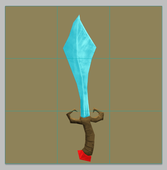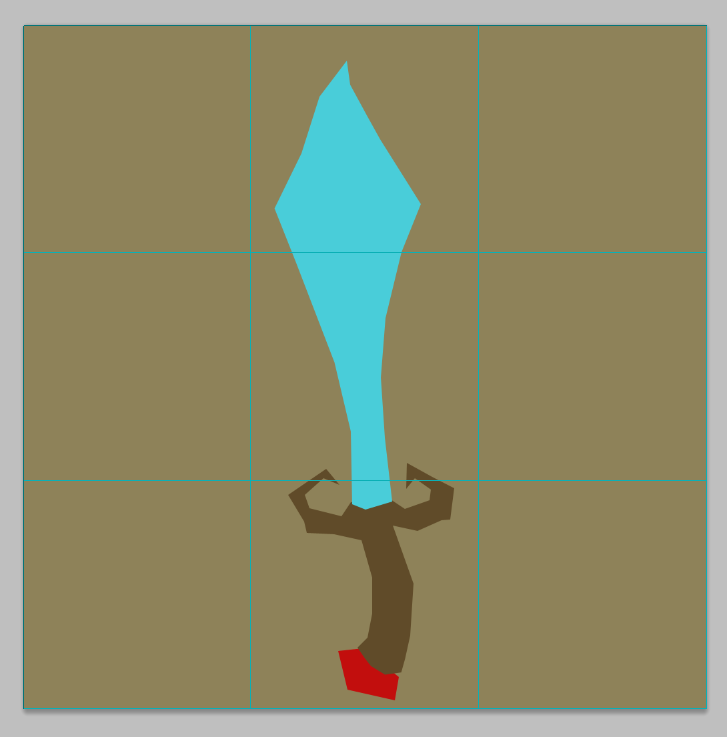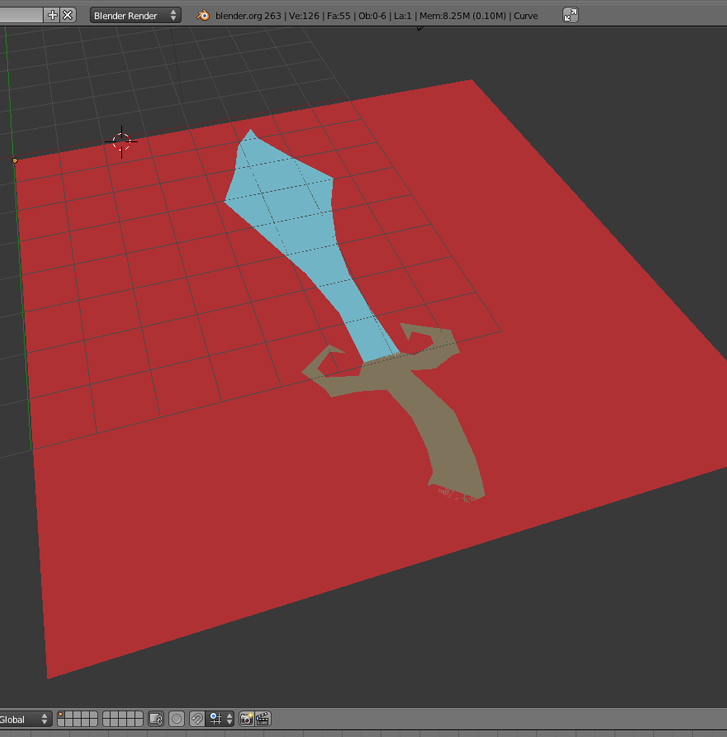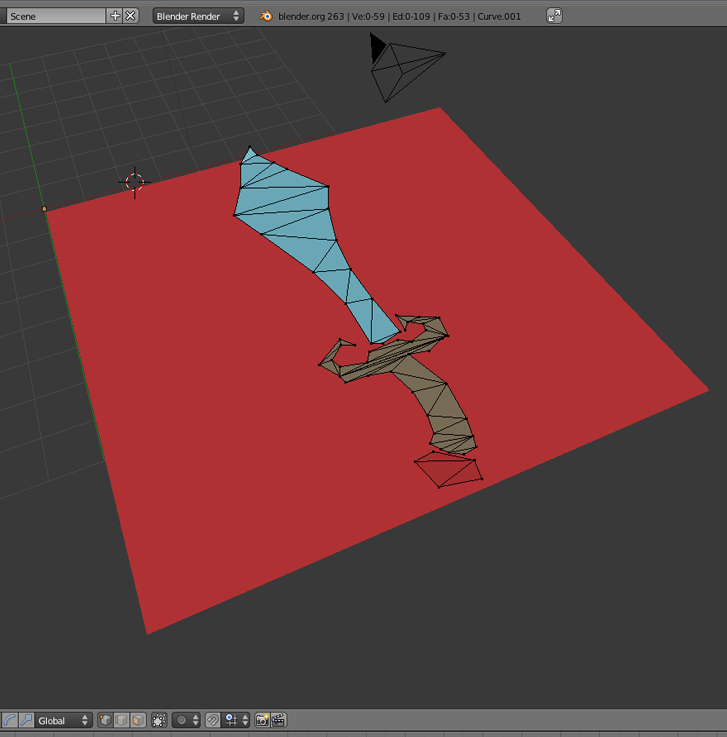|
Best Games - Magical Drop 3
Every colour is sharp and vibrant. Staccato notes sing over a bouncing march. It sounds like joy. You play. Your moves are quick and precise. The tones rise with each consecutive match. 1. 2. 3. Your pace drops as you search for your next move. 1 quarter second to late. You miss. Not quick enough. You rearrange the board, making single matches looking, again, for an opening to line up a new combo. You see two reds beside three blues. Above them is a layer of green. You pull down a solitary red from the far side of the board and dash quickly back under the pair. 1. Don’t wait for the chime! Move! You pull down the blues and instantly fling them back up. 2. You have bought a fraction of a second. The reds have faded from the board and you are already there pulling down a single green. Quickly, back to the blues. You toss the green back up, aiming to steamroll the still fading blues. 3. Don’t wait for the green to collide. There is a gold, one step to the right. You twitch right and pull it down. As the greens fade you twitch back to the left and toss it back up through the sparkling mist. 4. You run out of moves. The other spheres are two or three moves away. It could be miles. The last, highest, tone fades. You restart the process of setting up the board, clearing a line here and there. Holding off the stomping, inevitable, march of the bubbles. Looking for an opportunity for five, or even six. Next time, you will be faster. Never fast enough. You will strategize to the point of clairvoyance. Never enough. It feels like joy. You play.
2 Comments
Quiet Moments.
The Walking Dead is the first game that has ever made me cry. Games, sports included, are typically full of gung ho bombast. There are moments of high energy, and deep strategy, but your motivation to attempt these tasks, is kept light. Games feed our power fantasy and escapist needs. Games are consequence free conflict. Precise management of time and space. The best games are usually honed to eliminate any extraneous elements, anything that could obstruct our fun. There is a very narrow emotional band being targeted by most games, somewhere between tension and adrenaline. Time and again they successfully hit that mark. When a game makes you feel something new, it's worth thinking about why. I think a case could be made for calling The Walking Dead interactive film, rather than a game, but screw that. I'm tossing it into the game pile. It resembles its ancestors, games like Sam & Max or Full Throttle, but it has jettisoned a lot of the busy work of those games. Pixel hunts and puzzle solutions 7 steps deep are not to be found in The Walking Dead. Everything that makes up your basic adventure game is either pared down or abandoned. Each episode is only a couple of hours long. There is a single save slot and autosaves are frequent. Most dialogue choices are on a timer that forces you to think and act quickly. All of these design choices drive the player forward at a relentless pace. Nothing points to offering a broader emotional canvas than any other game. The dialog and characters are well written, but not more so than other games of this type, and certainly not as well as the best movies and television. So what is different about this game? There are two very significant advancements that Tell Tale has contributed to interactive storytelling. The first is the ability to do nothing. Most games wait for you to do anything that triggers its simulation to move forward. If you do nothing, the narrative will not advance. When the dialog choices appear on the screen in The Walking Dead one of the options is always to do or say nothing. Since the dialog system is on a timer, if you don't make a choice, doing or saying nothing becomes your choice. The other characters react as if you have said nothing and the narrative continues affected by that choice. Occasionally, just shutting up and watching the other characters deal with their own shit is a valid option. The narrative carries on without your input or your permission. This puts the player, accustomed to being at the helm of these stories, back on their heels a bit. Suddenly the choices presented to you have real, in the moment, weight. Do you instigate a fight, attempt to break it up, or stand back and watch it happen. You only have a moment to choose, and the game will likely autosave soon after this. You are in this moment and there are no takebacks. In the face of this pressure, inaction is always an option. You quickly gain acute insight into every secondary characters motivations. When those few seconds come, choosing the exact response, with just the right nuance you need to convey is critical. At least it feels critical. Your relationships with the other members of your group feel critical. Especially when you do nothing. On the opposite end of the tension spectrum, The Walking Dead provides several opportunities per episode to spend a long time performing an inconsequential task. These are quiet moments. Memorable ones are pushing a child on a swing and shovelling dirt. You could opt to bypass these moments and push on with the game. In the context of the narrative, these moments offer a small relief from the constant tension, while building the anticipation of oncoming tragedy. You know bad things are coming. The game has promised you that much. While it won’t directly affect the story, every moment you spend on these tasks, is more time for you, the player, to think about what has happened and what is coming. The authors of The Walking Dead are using the players own experiences and thoughts to strengthen their story. Books and movies have been doing this forever, offering up a quiet moment for the audience process what they are watching or reading, filtering the story through the only thing we have, our own experiences. Games are about management of time and space. Quiet moments are not usually part of the vocabulary. Every member of an audience has likely experienced love, loss, tension, fear, anger and a spectrum of other emotions. Tell Tale has used those quiet moments to draw on the emotions of their audience as well as any author could. The only difference is, here, you are a participant. When narrative is added to a game it is tucked in alongside hyperkinetic play, and allowed no room to breath. Emotional story beats often feel forced, or they are mired in twitch action scenarios, never giving the player a chance to process what they have seen and heard. Worse, most games steal control from the player and present their emotional moments in a cut scene, almost physically distancing the player from what they are watching. Cut scenes undermine the main strength of the medium, interactivity. Where film is a “show don’t tell” medium, games are a “do don’t show” medium. A few other games have had some strong emotional moments. Bastion, Shadow of the Colossus, Bioshock, Journey, and the last few hours of Mass Effect 3 stand out as strong emotional storytelling. All of them worked best in their quiet moments, and rarely steal control from the player. They were able to shut up long enough for me to hear what they had to say. I had included a brief description of the few moments that I found particularly tear jerking, but I thought that was a bit spoilery for a game this new. If you are at all interested, I would say you should just go play it. It is short and cheap. I think it’s well worth your time. If you have any other examples or moments from games that you found affecting, or if you just want to tell me I’m a sissy, go ahead and put that in the comments.  WorkFlow Tweaking and refining a workflow is a huge part of any repetitive task. I used to work in sign shops, where I would make, you know, signs. A lot of them. When you do any sort of assembly line or manufacturing work, refining your workflow is fundamental. The first one of anything will take you a very long time to build, each subsequent unit will be faster and more efficient, until you hit some sort of equilibrium. The trouble with signs is that you will almost never create the same sign twice. If you manufacture bearings you will make millions of the exact same bearing. The function of a bearing requires it to be as close to identical to other bearings of the same type as possible. A slightly different bearing, is probably a bearing that won’t work properly. Making 100 signs, in a run, all with slightly different design or copy, is the norm. Making ten thousand signs with a variety of dimensions, shapes, designs, and materials is what you can expect to do, if you take up making signs. Every time you pick up a work order, the sign you are making will be different. Making games is not like making bearings. I am working on a game that is played in 2 dimensions, but operates within a 3d game engine, Unity. There are a lot of good reasons for making a game in a 3d engine, and once you come to grips with working in 3d space, not many down sides. There are some constraints though. I’m much better versed in making the art for games, than how the computer processes that art, but, through doing some reading and some tests, this is how I understand it. The way the computer processes artwork in a 3d engine means that typical drawings and paintings are not dealt with very efficiently. Stacking a bunch of semi-transparent layers to build a scene similar to traditional animation, causes a computer a lot of distress. If you don’t tell it otherwise, it will redraw the whole screen for each of those layers. The computer really likes solid objects, made of tightly defined triangles. It can parcel up all those discrete groups of triangles and process them into images on your screen very quickly. So I am making 2d art for a 2d game, but I’m using triangles in 3d space. This requires that I figure out a decent work flow. I typically like to model 3d objects in maya or silo, but for this game I'm using photoshop. Photoshop is almost the worst tool you could use for 3d. I suppose a case could be made for Word being worse than photoshop for 3d, but still, not very good at 3d. It is really good at dealing with pixels, and more importantly for me, vector shapes. There are vector drawing programs that are better at dealing with vector art, but they typically suck at pixel, or raster, art. It’s also worth noting that I could do similar work with Gimp, but vector art in gimp is a little trickier to work with. I’m still refining it, and trying to automate as many of the tedious bits as I can, but this is the current workflow. I create shape layers in Photoshop filled with flat colours, adjusting the vector shapes until I have the object silhouette I want, for this game a sword, shield, or other medieval fantasy weapon. I can then go in and paint within that silhouette to add detail. Now I can output all the shape layers to svg vector art. I also save the raster image of the details I added to the silhouette as a png file. Then I take that svg and open it in blender to create a polygon mesh from the paths. I tried going through maya and silo, but neither worked very well. Blender does the conversion perfectly in one or two steps. That mesh can then be passed into Unity, have the png file applied to it as a texture, and set up to be put into the game. The other limitation, besides using triangle based geometry, is memory. I’ll try to use as little of it as I can. Making one texture sheet for each asset would be a terrible waste of memory. Before I dump the assets out to the game I will create a texture sheet that has as many of the items as I can pack into one image. The fewer images used, the smaller the memory footprint. Outputting the vector art from these packed positions on the texture sheet, will also create an instant UV map, something you typically have to do after you model the geometry.
So there you go. It’s not a complex workflow, but it’s a little unusual. Like making signs, there are some unique elements, but a lot of the workflow is similar enough to other things I’ve done that I can be somewhat efficient. I managed to tune the operation slightly while I was writing this. As I create more items, I will find other areas of the process that can be optimized, automated, or just dumped. Of course, no matter how refined, work is still work, and it will take some time. I’ll get back to it. So right now I'm working on art for one game, while programming another, and thinking about yet another. Maybe I should focus more, or maybe I'm just running from project to project, without ever finishing anything. Those accusations would be true. I also think that it is a fairly common way that people work, and it might be the way that I work best.
I never really feel like I've done anything if I'm not spinning a bunch of plates. Variety boosts me up. I tend to be much more productive on the current task when I know I have more lined up after it. I’ve done a fair bit of production work, work for clients, work to hard deadlines. I’ve found that both variety and deadlines are equally valuable in keeping me motivated and moving forward. When those two are well balanced, I tend to more productive. Tip too far toward variety and I don’t get anything finished, tip to far toward deadlines and all my work is garbage. Too little of either and my motivation goes out the window. Working mostly on my own means I don’t have clients, or their deadlines. I also work from home and fit development in where I can, so I don’t really get the volume of work done to make a dent in most projects. So I have the variety, I just need the deadlines. Deadlines that are actually attainable for the way I have to work. So here's what I'm gonna do. I will put up a new post on this blog every Monday. Some of them will be quite small and some of them won't. Most of them will be about game development in some way or another. Why? Well I've been working on a game for a while. You can see some of the concept art for it over in this image gallery. I’m not working alone. I’ve been working with another local developer. His Blog is over here. Why every Monday? I want to ramp up the asset creation part of development, and a sure way to force myself to do steady work is to build to a schedule. So every Monday I will put up a new blog post detailing some aspect of this games development. If you have any questions, please send them my way and I’ll try to do a breakdown of the process. We’ll call this post 001. |
Archives
February 2024
Categories |
Owen McManus





 RSS Feed
RSS Feed